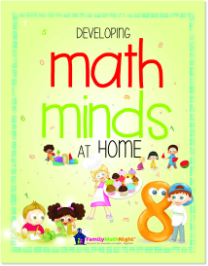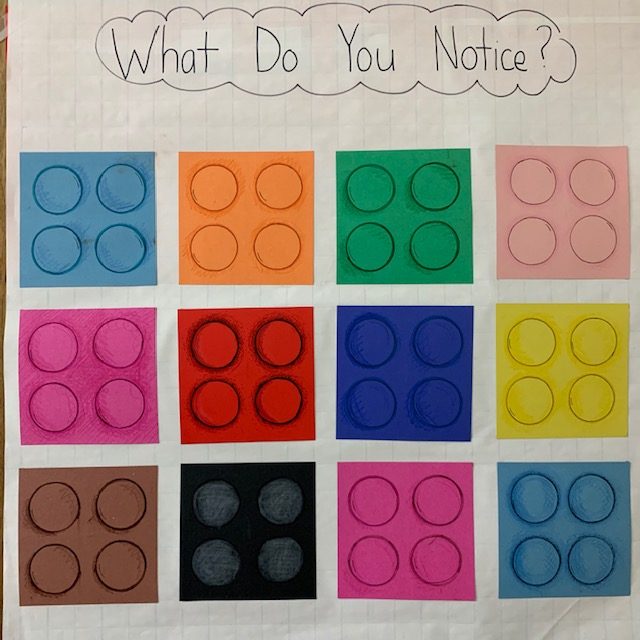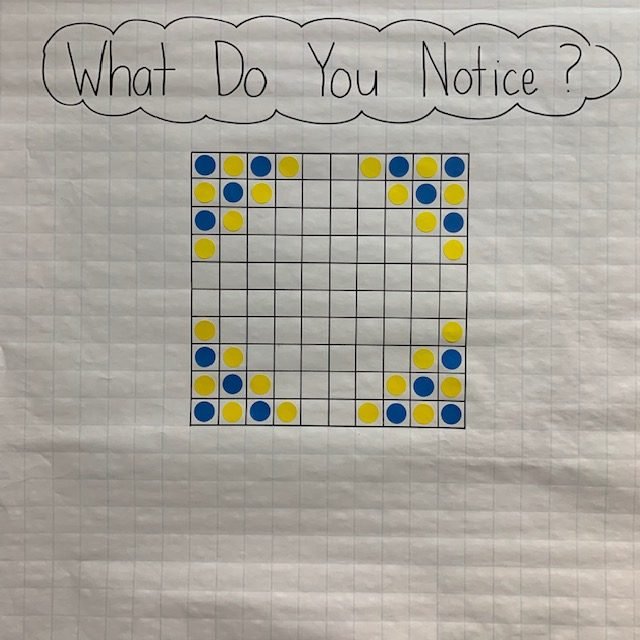Family Math Night Home Edition – SPANISH version
I’m excited to share with you that the PDFs for all the Home Edition activities have been translated into Spanish. A HUGE thank you to Carley Beale and her staff from Virginia for taking on the project! They did an amazing job. Click here to access the PDFs which can be found listed under the video once you click on an activity.
As I described in my Family Math Night Home Edition post, my goal was to design the Family Math Night/Day to be different than simply doing a math activity at the kitchen table. It’s their own personal event and I walk them through how to do it step-by-step. And now our Spanish community can join in the fun!
I hope this helps you keep families engaged in discovering the wonders of math together during this time of continued uncertainty.




